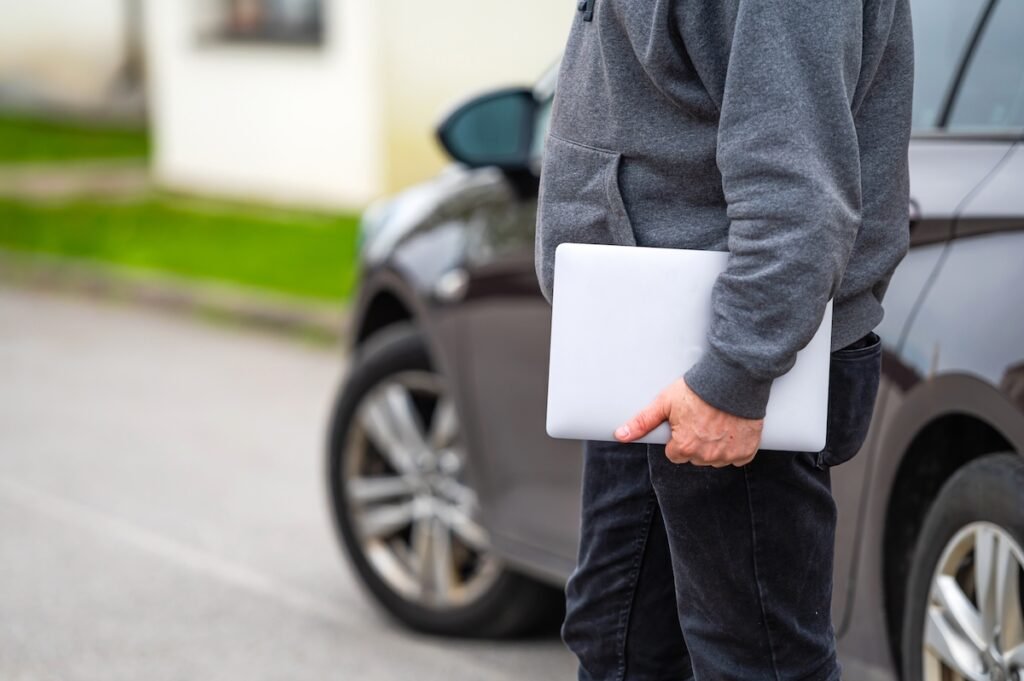Using Google Assistant is a powerful tool for a lot of things. It’s incredible information not just at your fingertips, but also on your lips. If you want to leverage Google Assistant in order to accomplish a task or prompt, you have to use Google Assistant Commands, which are short sentences you say or type into your Google Assistant to achieve your goals. It’s possible to utilize these commands with a simple wake word like “OK Google” or “Hey Google”. One of the most underutilized aspects of Google Assistant commands is to improve your health.
There are so many clever ways to use Google assistant commands to improve your health. Maintaining excellent health and adhering to the most delicate health habits is definitely made easier with the support of Google. You can use Google Assistant health-related commands to learn about your wellness, health, medicine, track your nutrition, track weight, count calories, locate gyms, locate health clinics, find fitness studios, find doctors, and a host of other incredible health-related functions. I absolutely love using Google for health. It almost becomes obsessive at first but making it part of your daily regimen can really make you aware of how important your health is.
Get Nutrition Information
Google Assistant is a handy tool that can help you get nutrition information on the go. Just say “Hey Google, how many calories are in a banana?” and you’ll get an answer right away. You can also ask about specific nutrients like protein or vitamin C, or find out how a food fits into your daily diet.
Single-ingredient foods like apples or eggs can be found in Google Assistant’s nutrition information. Query your Google Home:
- “What is the caloric content of….?”
- “How much sugar is there in this?”
- “How much protein is there in……?”
Count Your Calories
When it comes to managing your weight, every little bit counts – and that includes counting your calories. But who has the time to sit down and calculate everything you eat in a day? That’s where Google Assistant comes in. Just say “Hey Google, count my calories” and it will do the work for you. It’s as simple as that!
Keep detailed tracking of your calories with Google Home and Calorie Tracker. Ask Google to speak to Calorie Tracker on your behalf: “OK, Google, speak to Calorie Tracker.”
If you use Lifesum or Fitbit Plus to track your diet and hydration, Google Home will also keep track of that information. Caloric intake, water intake, and macro-and micronutrients can all be stored in the device.
LEARN: What Does Your Google Assistant Know About You?
Meditate
Again, choosing the appropriate applications is the key to utilizing Google Home to aid in your daily mindfulness practice. When you instruct Google Assistant to start a new meditation session, it will do so. There is a “Talk to Calm” option.
Personally, one of my favorite mindfulness hacks is connecting Google Home to Headspace. It’s easy to do and you can have meditation, mindfulness, and sleep exercises ready to go on notice. Headspace has a broader range of commands, such as the following:
- “Tell Headspace I’m ready to meditate,”
- “Ask Headspace for today’s meditation.”
- When I’m ready to go to sleep, I’ll tell Headspace.
- You can ask Headspace to help you sleep if you need it.
Getting a Google Mini and connecting it to your headspace account is a much more effective way than using headphones each night for rest and relaxation. I can’t tell you how many times I’ve fallen asleep with headphones on only to wake up with sore ears.
Relax
Using Google Home, you may connect it to the Relax Guru app to help relieve tension and anxiety on a daily basis. There are guided meditations, breathing exercises, and even soothing sounds which I just love. All you have to do is say:
- “Talk to the Relax Guru.”
- “Ask the Relax Guru to help me relax.”
Taking care of one’s own well-being is vital for not only your mental and emotional health but it trickles into your physical health as well. There aren’t many apps that link with Google Home when it comes to personal care, so this is an area where the smart speaker might use some work. On the flip side, I could see the health app market exploding the more wearables and smart home automation becomes a commonplace reality for most people.
TRENDING: Can This Device Really Speed Up Your Internet?
Medical
You can ask Google Home for information on nearby doctors, get your medicines filled or transferred, or get health-related advice on your symptoms and problems from the virtual assistant. Be warned that this simple health command is not meant to diagnose medical conditions. If you have MetLife as a health insurance provider, you can ask Google to contact MetLife and look up things on your own such as:
- “How much does a root canal cost?”
- “Where can I find a dentist?”
- “Where can I get an eye doctor?”
For those who aren’t covered by MetLife, you can use Google’s Health Services Finder tool to identify nearby providers of all kinds, including doctors, nurses, and specialists. To discover an optometrist or hospital near you, say “Hey, Google, find an optometrist” or “Hey, Google, find a hospital.”
Take A Look At Symptoms and Medical Disorders
Again, using Google to find symptoms or get medical info is not a substitute for expert medical advice, but you can use Google Home to learn more about your symptoms. Just type or say whatever question you have, such as:
- “How do you manage a sore throat?”
- “What are the signs of diabetes?”
- “What do you do for a fever?”
Talking to WebMD is also an option. You can connect WebMD to your Google Home for online healthcare information. You can get answers to queries like:
- “What are the side effects of ibuprofen?”
- “How long should I take ibuprofen for?”
- “What are my options for treating the flu?”
- “What is high blood pressure?”
…and WebMD will respond.
DISCOVER: Is Your Home Wifi Protected? Are You Sure?
Fitness
If you’re short of workout ideas, want to check your heart rate on the fly, or want to keep track of your workouts, Google Assistant can help.
Getting fit and staying healthy requires dedication and effort, but it can be tough to stay motivated and consistent. Fortunately, there are a number of tech products that can work together to help you reach your fitness goals. For example, Fitbit offers a line of wearable fitness trackers that track your steps, heart rate, and sleep patterns. Google Home, on the other hand, is a voice-activated assistant that can provide reminders and motivational words of encouragement. Can you link the two together? Heck yes!
By linking these two products together, you can create a system that helps you to stay on track with your fitness goals. For instance, you could set up Fitbit to automatically sync with Google Home so that it provides updates on your progress throughout the day. You could also program Google Home to give you a daily rundown of your step count and calorie burn rate. In addition, you could use Google Home to set reminders for when it’s time to go for a run or hit the gym. By utilizing the power of technology, you can make getting in shape easier than ever before.
Learn About Your Health and Exercise Habits
It’s just Fitbit either. Lifesum, Runkeeper, Strava, MyFitnessPal, and many other applications can be synced with Google Fit. And if you utilize these applications and devices, you can use Google Fit to monitor your progress throughout the day by asking it questions like:
- “What’s my heart rate?”
- “How many steps have you taken today?”
- “What’s the calorie burn rate?”
One of the biggest hacks to the health and wellness game is being aware of your health. Leveraging the tech Google provides is just one easy way to keep you up to date on your health and wellness. Whatever your needs are, these Google Assistant Commands are your best bet for finding the answers you’re looking for in terms of health, wellness, fitness, or relaxation.
Is Google The Tool You Need To Improve Your Health?
Google Assistant is a powerful health and wellness tool that can help you track your fitness, activity, and nutrition. It can also provide you with personalized recommendations based on your health goals. For example, if you’re trying to lose weight, Google Assistant can suggest healthy recipes and workout routines. If you’re trying to quit smoking, Google Assistant can provide support and resources to help you kick the habit. Google Assistant can also help you manage stress and anxiety by providing relaxation techniques and reminder alerts. And as we’ve listed earlier, there are a number of health categories you can leverage Google to help improve your health. Overall, using Google Assistant to track your health can improve your overall health and wellness. But here’s the key: you have to be the person to make that first step, that first action in improving your health.








